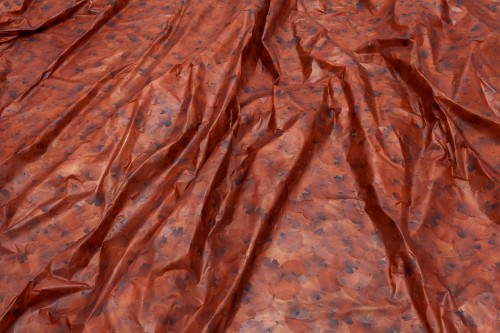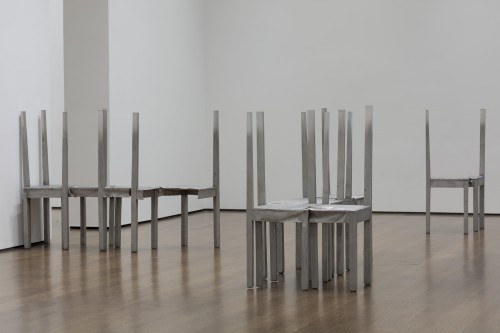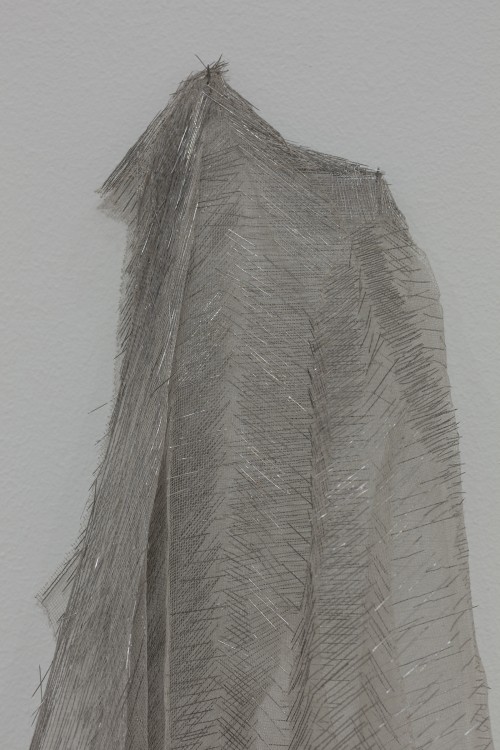Doris Salcedo: The Materiality of Mourning

Doris Salcedo: The Materiality of Mourning
Harvard Art Museums
November 4, 2016 – April 9, 2017
Doris Salcedo: The Materiality of Mourning is a small yet focused show at the Harvard Art Museums, presenting recent sculptural works by the pioneering Colombian artist. Organized by Mary Schneider Enriques, an associate curator at the museum, the exhibition is accompanied by a major scholarly catalogue and an exciting array of public programming. Known especially for her poignant assemblages of furniture and other ordinary yet evocative materials, such as concrete and steel, Salcedo has repeatedly embraced the language of post-minimalist abstraction since the mid-1980s. In so doing, she eloquently fuses together material form and pointed social critique to offer up an aesthetics and ethics of memory and loss, as the title of this exhibition clearly implies.

The show consists of four rooms, each devoted to distinct series from Salcedo’s oeuvre. Whereas the first section features two assemblages of domestic furniture, the second comprises an installation of many interlocking hand-carved steel structures, all of which were modeled after the same wooden chair. According to artistic and curatorial statements, these installations, like much of her artistic practice, make reference to the lives lost and bodies made abject in the context of the ongoing Colombian Civil War, which has preoccupied and devastated the nation since the 1960s. As such, these artworks forcefully conjure up not only the residues of disappeared bodies, but also the affective scale and iterability of daily violence and dispossession. In contrast to these monumental objects in the first two sections, the third room encloses a newly-acquired work, A Flor de Piel from 2013, a delicate shroud of thousands of rose petals stitched together, in memory of an abducted nurse who was tortured to death. And in the last room we find four ghostly silk garments, pierced through with countless tiny needles. The artist created this recent series, Disremembered, after conducting interviews with mothers whose sons were killed by gun violence in Chicago.

Though compelling, neither the work nor its curation is particularly surprising. In recent years, Salcedo has received significant attention in the American artworld, as epitomized by a comprehensive traveling exhibition organized by the Museum of Contemporary Art in Chicago in 2015. The Materiality of Mourning also joins in the increasingly pronounced “material turn” in art criticism, theory, and curation, highlighting the interplays between the material and affective qualities of art. But despite how embedded Salcedo’s work has become in such curatorial and discursive trends, the exhibition is still moving. For it is impossible to experience this body of work without confronting a recent political event: the nearly solidified yet ultimately failed peace accord in Columbia. These regimes of brutality and their politics of death—as illuminated time and again by the artist—will likely persist in her homeland. In this regard, the aesthetic and ethical resonance of Salcedo’s works is altogether heart-wrenching.